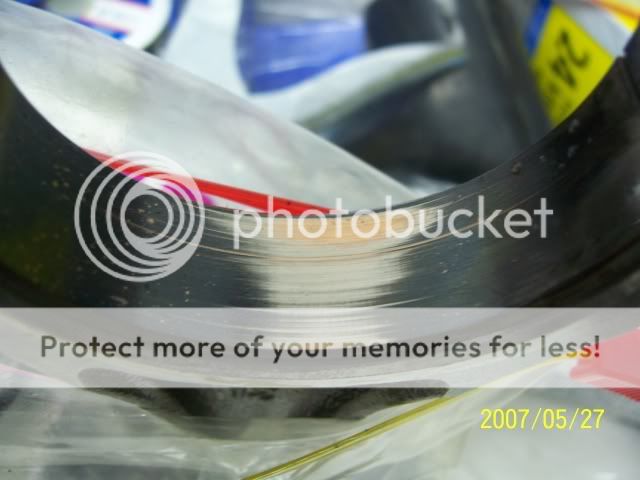I would check the clearances on the rods again if i were you. That rod bearings wiped because it didint have enough oil cushion. That's more than likely the same reason for the spun bearing. The only thing that stops metal to metal contact between the bearing and the crank is oil, and you definately had metal to metal contact there. You either had a oil volume problem (not enough getting to the rod journals) or a clearance issue (too tight).
Rod bearings only spin in two circumstances(most of the time).
1) Not enough oil cushion or clearance and the bearing will contact the journal, if this happens then the bearing will "grab" the journal and try to stick to it if this happens you will spin a bearing. This can be caused by detonation too, when detonation pounds the piston, it trys to squeeze the oil off the bearing and journal.
2) Rod bolts or big end stretch, sometimes called "egg shaping".This can be cause by many things, such as bad fasteners, poor machine work, detonation, or using the wrong rod for the application (example, 900 hp engine with stock rods)
I would contact the engine builder in your case, or if you built it yourself, possibly have a pro do it for you next time around.
Just my .02





